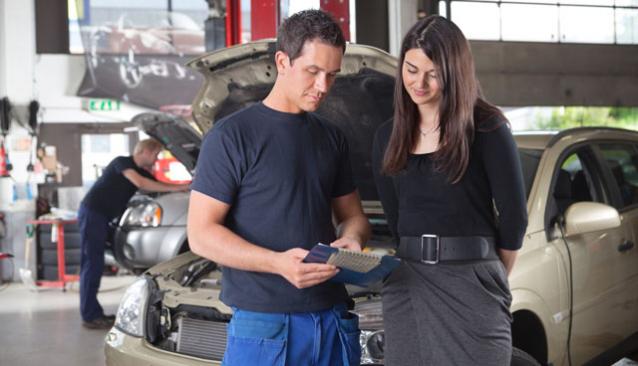Tyres are the only point of the whole car that makes contact with the road. No matter how amazing and safe the rest of your car is, if the tyres are bald, you are in extreme danger of dying.
When making an informed decision on what tyre to buy for the used cars, most drivers are not at the optimal education level to make the best choice. So here are a few tips that will come in handy for those lovely afternoons down at the car tyre shop.

-
Know the basics of tyres
Tyres carry all the car’s weight, provide a cushion from a bumpy road, and they’re full of compressed air. They’re made up of over 20 parts, including an inner liner, fabric belts, steel belts and the outer rubber container.
The tread pattern differs, depending on the type of tyre, and the side of the tyre is called a sidewall, and the size of that decides whether the tyre takes corners more easily, or is better at absorbing bumps.
On normal cars and light trucks, the dimensions of a tyre are described using a code on the sidewall, which usually starts with either a P or an LT.
-
Choosing the right tyre for your needs
When checking out the code on the side of the tyre, it will help to know what the letters and numbers stand for. The letter P stands for passenger, and LT stands for light truck. You will also want to purchase a tyre with the right type of tread. Have a talk with your cheap Toyota auto spare parts dealer and tell them all of your requirements and they will be sure to point you in the right direction.
-
Best place to buy the tyres
The most costly place to get tyres is from the dealership that you buy your car from. It will cost upwards of twice as much as from your average tyre shop.
It’s probably more economically pragmatic to get your tyres from the tyre shop. Or even better would be any discount tyre shop. The clue as to why is in the name of the shop. They won’t mount the tyres though, if you want that done, you have to find a normal tyre shop.

-
Driving habits and personality
Keep these variables in mind: The kind of tyre your owner’s manual tells you to get; Whether or not the tyre you want is for passengers or light trucks; How you like to drive and what the weather conditions are like in your area.
-
Tyres production technology
Today’s tyres are a far cry from yesterdays. Way back in the 20’s they aren’t full of air, so they never got flat. Today’s new tyre technology is attempting to make tyres that are just as impervious to punctures, using state of the art tyre technology.
-
Keep fuel economy in mind
Getting the wrong tyre can affect the fuel economy of your car. To avoid this, when replacing old tyres, get the same type of tyre that originally came with the vehicle.
-
New or second hand Tyres
Used tyres are cheaper than brand new tyres, but they need to be assessed as to how worn they are. If you are living anywhere around the lower north island, then try buying second hand tyres Wellington from Kiwi Auto Wreckers, an impressive example of reusability.

-
Selecting Tyres Based on Tread Wear
The Tread has to be a certain depth (no less than 1.5mm), and can be checked using the 20 cent test, where by you place the 20 cent’s edge into the tread and if you can see the whole 20 the tyre is no good.
-
Follow the advice of the car manufacturer
The vehicle manufacturer recommends the tyre sizes for their vehicles, and choosing a different one can spell disaster. Changing the size of the tyre can make for a different speedometer reading. And if you have an automatic transmission, changing your tyre size will have an impact.
Planning to buy cheap tyres nz wide? Get in touch with the Best Tyre Inc. – Get safe with your driving.